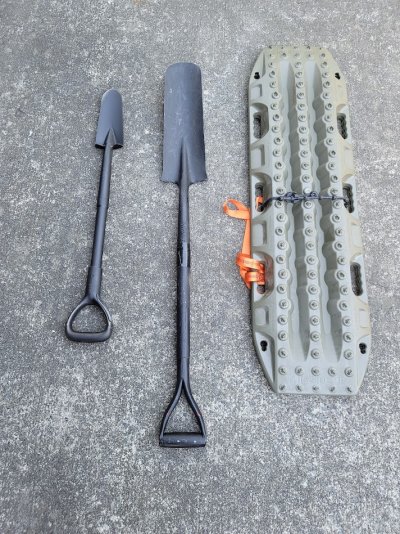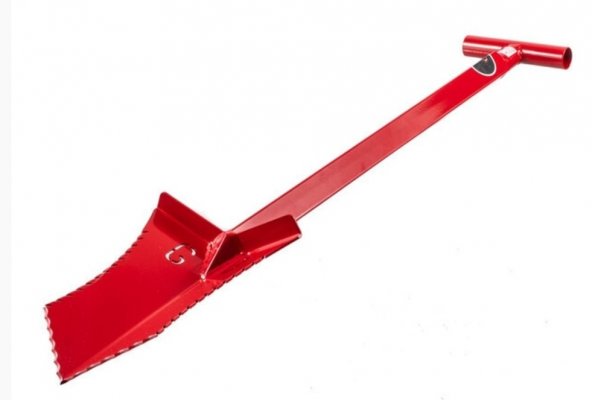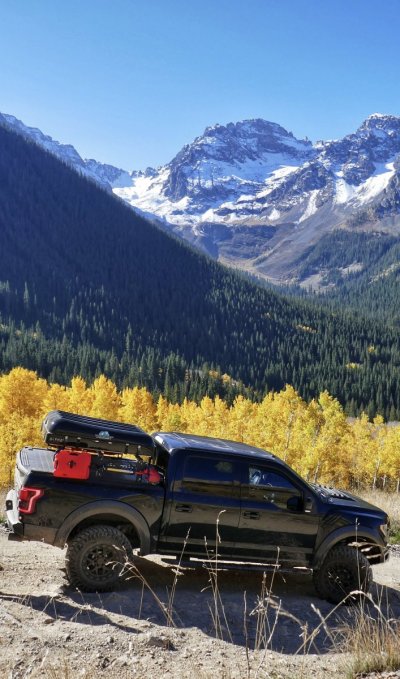Having been on the dumb end of a shovel more times than I care to admit, I have some thoughts on this matter.
The R aka reverse comments are good ones. I lot of messes can be avoided, but not all. Sometimes a very slow approach gives you a chance to back out. Sometimes momentum is better. And that's where a little experience and luck comes in.
It depends on your terrain and expected shovelling material. Mud, snow, rocky, rooty, sand... reward or penalize smaller or larger shovel blades.
If you plan to shovel crap out from under the frame/when high centred, shorter shovel handles suck.
A shovel can get you out of a surprising number of stucks. Even when I see people jacking or winching, I'm surprised they don't do a little shoveling to make it go easier.
My shovel requirements are different than most. I am on the coast often - steep, rocky country. Lots of rockfall on roads, road washouts that leave square edged keyed in riprap and compacted gravel exposed. Bigger blades made of normal shovel material get punished in that rock and even if you baby them, they don't dig very well. Big difference to silty, muddy, or sandy conditions.
In all that rock, a drain spade or track shovel works better. To move large rocks that have fallen on the road, or that need to be dug out, a tree planter's shovel is the ticket. You can get under a corner of a huge rock and fulcrum it a few inches at a time. It would break a normal shovel. Chamfering the edges of rocky washouts - planters shovel. Compact second shovel or one to keep around camp - planters. Big root to cut through - planters. You might see that half of the tip is sharpened for that.
The extra length of the drain spade helps you reach under the vehicle, but is a bit more compact to store than a long handled shovel. When I go into muddier/snowier areas, I bring a larger bladed shovel so I can move more material.







